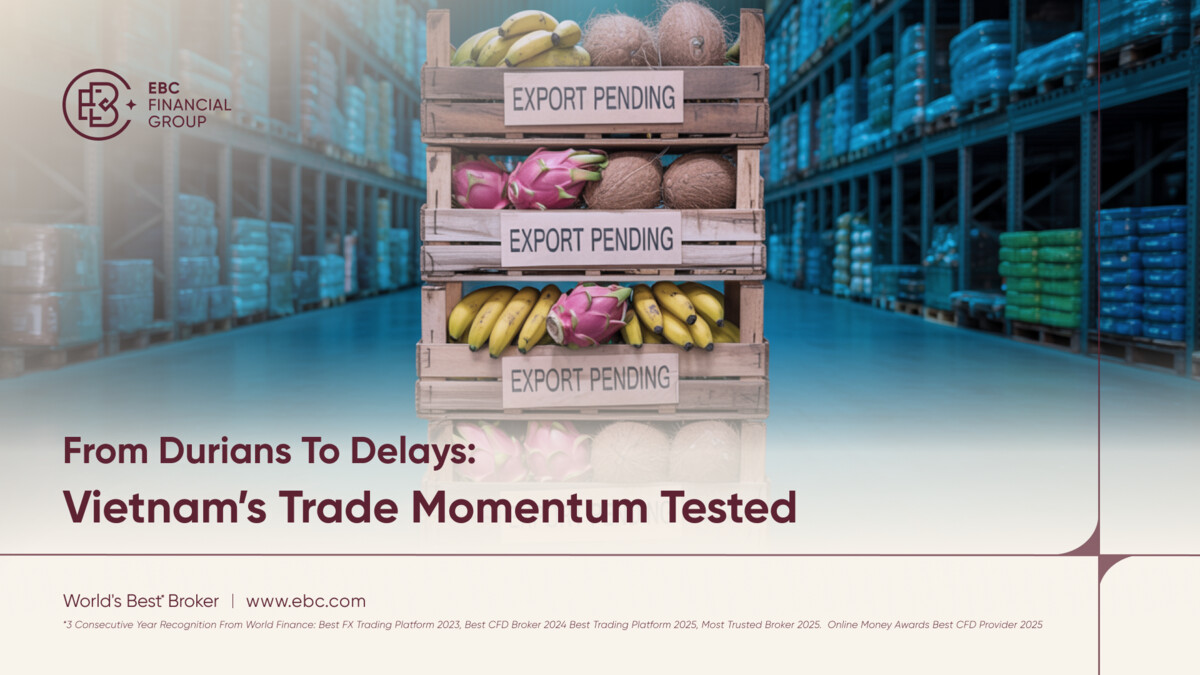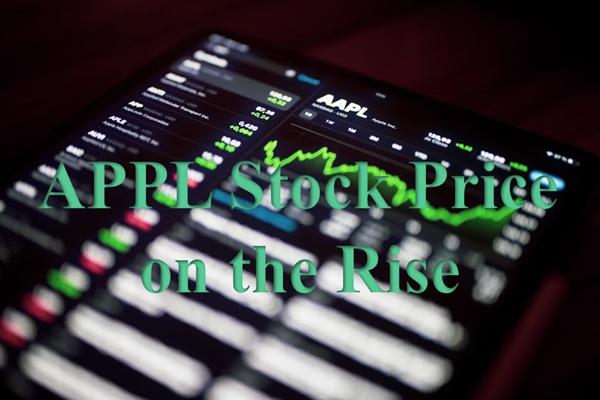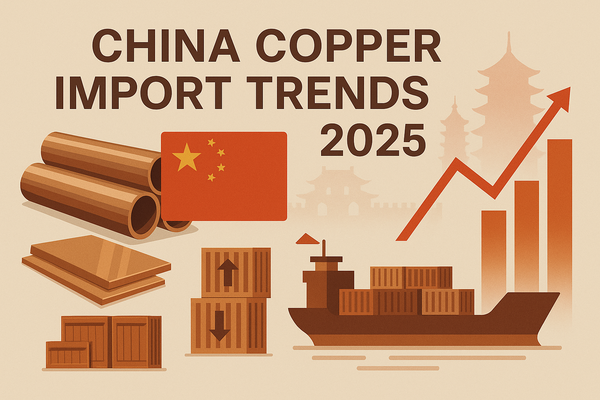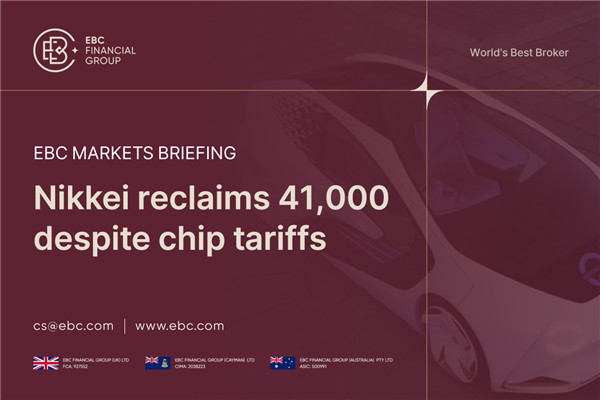Vietnam's export sector is seeing a sharp upswing in 2025 — with bananas,
seafood, durians, and wood products gaining traction in international markets —
yet cracks in the foundation are forming. While global demand is heating up,
traders and policymakers face growing pressure to streamline bottlenecks in
regulatory processes and certification timelines, especially for agricultural
goods.
"Vietnam is clearly winning in terms of trade visibility and sectoral
growth," said David Barrett, CEO of EBC Financial Group (UK) Ltd. "But traders
must watch both the growth story and the friction points. The country's booming
exports are becoming increasingly segmented — what's thriving abroad may still
stumble at the border."

Agricultural Winners: Fruit, Seafood, and Wood Shine
Vietnam's fruit and vegetable exports reached over USD3.8 billion in the
first seven months of 2025, with durian, coconut, dragon fruit, and lychees
leading the surge. Durian exports alone accounted for USD3.3 billion in 2024,
and more than USD360 million in June this year, with our analysts noting that
improved cross-border quality assurance and direct rail routes to China have
helped cement Vietnam's position as a top-tier supplier. Viet coconuts also
gained traction - once overshadowed by Thai and Philippine exports, Vietnamese
coconuts are now priced at USD7.26 per kilogramme this year, up from USD1.21 in
2022 due to rising global demand, bolstered by demand in Korea and the Middle
East for natural and plant-based drinks.
Seafood exports, particularly shrimp have rebounded sharply. Between January
and June 2025, Vietnam's shrimp exports to China (including Hong Kong) reached
nearly USD595 million, up more than 80% year-on-year. This marks the first time
China has overtaken the U.S. as Vietnam's largest shrimp buyer. We note that
shipments to China are accelerating, with prices stabilising due to reopening
momentum and the easing of non-tariff barriers.
Vietnam's wood sector continues to be a quiet powerhouse. We highlight that
while the sector doesn't often make headlines, it plays a key role in Vietnam's
industrial trade mix. In the first half of 2025, wood exports reached USD8.21
billion — an 8.9% year-on-year increase — with the U.S. accounting for 55.6% of
shipments, followed by Japan and China. Sustainability is now a key selling
point: many Vietnamese exporters are adopting FSC (Forest Stewardship Council)
certification to access ESG-sensitive markets. Strong demand from these key
markets is fuelling export growth across furniture, MDF boards, and other
value-added goods.
The Red Tape Problem: Delays, Dumping, and Missed Opportunities
Despite Vietnam's strong export momentum, traders should be watching for
hidden chokepoints especially in time-sensitive exports like perishable fruits.
Dragon fruit exporters, for instance, are facing costly certification delays
that turn market opportunity into sunk costs. According to VietnamNet Global,
more than 100 tonnes of GlobalGAP-certified dragon fruit spoiled after 20 days
in storage, while another 50–70 tonnes remain in cold warehouses with no export
green light.
One major exporter, Son Tra Co. in Lam Đồng, had to dump 40 tonnes entirely,
and slash prices on another 50 tonnes to just VND 1,000–2,000/kg — an
approximately ten-fold collapse from the usual VND 20,000/kg EU-bound rate.
We warn that this "last-mile bottleneck" reflects a growing mismatch between
Vietnam's production readiness and its regulatory processing capacity, a gap
that traders should account for when pricing risks.
The EU, in particular, is tightening origin tracing, pesticide limits, and
cold-chain documentation, prompting Vietnamese regulators to issue new
directives to avoid trans-shipment violations. For traders, this could mean
longer lead times, inconsistent customs clearance, and potential price spikes;
all reasons why we recommend closely tracking export certification trends and
regional compliance shifts as part of any Southeast Asia-focused trading
strategy.
Implications for Global Traders
Vietnam's export data paints a tale of two markets. On one hand, booming
demand for shrimp, durians, coconuts, and FSC-certified wood products positions
Vietnam as a key supplier in Asia's commodity value chain; on the other,
mounting red tape and shifting regulations, like those affecting dragon fruit
and pepper exports, introduce real operational risk.
We advise traders to go beyond headline trade numbers. Monitor customs
clearance timelines, local certificate issuance backlogs, and transport lead
times, particularly for perishable or seasonal goods. In fast-moving
agri-markets, even a week's delay can reverse a profitable trade.
For those trading soft commodities or agriculture futures, Vietnam offers
both upside and complexity. Spotting where demand strength is undercut by
structural bottlenecks or where ESG compliance opens access to premium markets
can offer a tactical edge. In Southeast Asia's evolving trade landscape, agility
matters as much as insight.
Disclaimer: This article reflects the observations of EBC Financial Group and
all its global entities. It is not financial or investment advice. Trading in
commodities and foreign exchange (FX) involves significant risk of loss,
potentially exceeding your initial investment. Consult a qualified financial
advisor before making any trading or investment decisions, as EBC Financial
Group and its entities are not liable for any damages arising from reliance on
this information.







